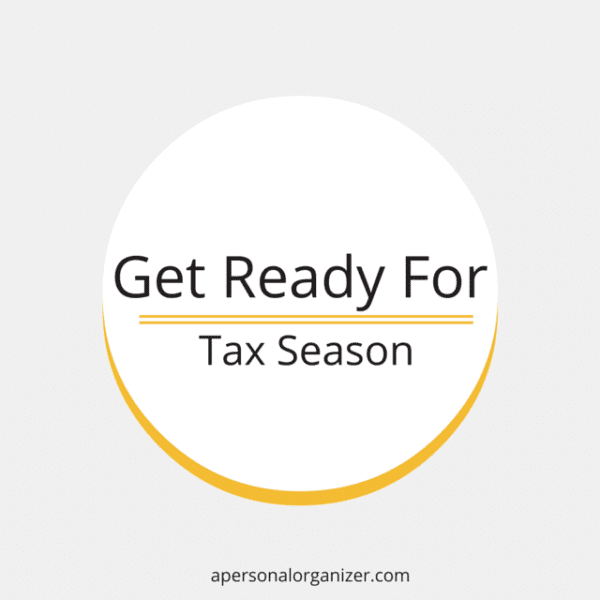Paper Organizing for a Pain-Free Tax Season
If your paperwork isn’t organized, tax season can be extremely stressful. You should have already received your official tax documents in the mail in January, but there’s still a lot to do. April 15 is approaching fast and you don’t want to be left unprepared. Remember, the sooner you file your taxes, the sooner you’ll get a refund.
Here’s how to organize your tax documents and important paperwork before you file your taxes.
1. Gather all your income statements
Your employer should have sent you a W-2 form sometime in January. If you’re an independent contractor, you received a 1099-MISC. Gather these documents in one place. If you’re self-employed, be sure to pull together all the documentation you’ll need to show your income for the year. In addition to salary information, you’ll need statements regarding other forms of income: interest earned on savings accounts, stocks, mutual funds and money market accounts.
2. Organize your tax-deductible expenses
If you’ve had major medical expenses throughout the year, pull together documents like hospital bills and insurance statements. You’ll also want to hang on to documents relating to childcare costs, charitable donations, student loan payments and work expenses.
3. Double-check for accuracy
Hang on to your final paycheck stub and year-end financial statements from every employer, bank or other institution. Once you’ve received all your official tax documents for the year, compare the numbers. Double-check everything is accurate. Accountants make mistakes and you don’t want to pay taxes on income you didn’t earn. If you believe there’s an error, contact the appropriate person and have it sorted out as soon as possible.
4. Give your accountant everything he or she needs
In addition to important paperwork and documentation, this includes everyone’s tax identification number. In most cases, this is a social security number. To file your taxes, your accountant will need the social security number of you, your spouse and all your dependents. You’ll also need the tax identification number of every individual or business you pay for tax-deductible expenses throughout the year, like childcare costs. For businesses, the tax identification number is called an Employer Identification Number or EIN.
5. Create a tax filing system for this year
Take 12 file folders and assign each one a month in 2015. Then place the folders in chronological order in a filing cabinet. Throughout the year file important documents, receipts and other paperwork in the appropriate month. Hang on to receipts for large or notable expenses, paystubs and insurance information. At the end of the year, all your tax-related documentation will already be in one place.
Read more about paper organizing for tax season, including how to create a tax documents checklist.







